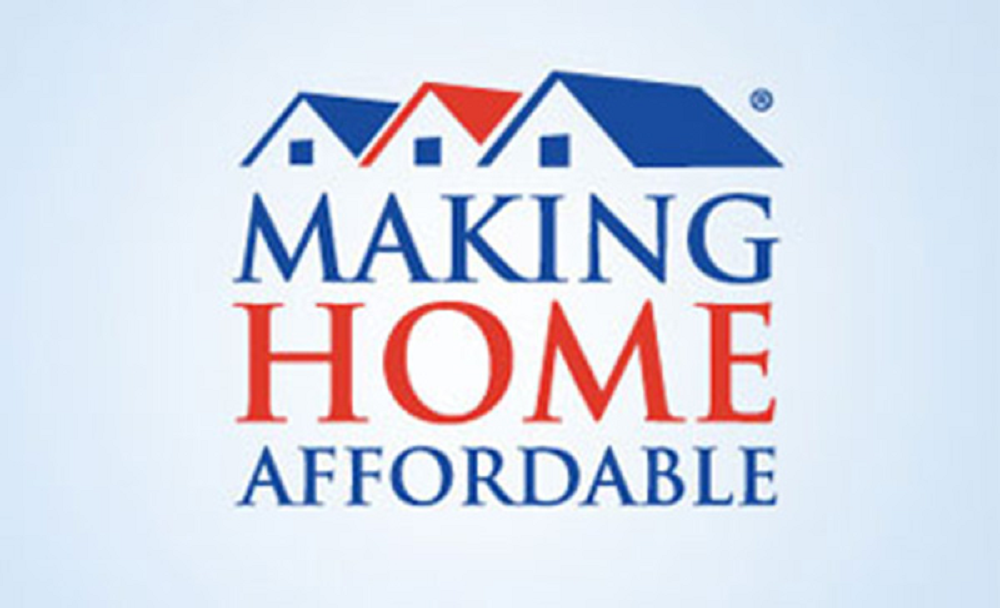Things to Know about the Home Affordable Modification Program

Home Affordable Modification Program (HAMP)
Since the emergence of the housing crisis lately, the word modification is a common phenomenon in the news. It primarily means changes in loan contract without further refinancing. The goal of such a modification is to lower payment. Home Affordable Modification Program engages the mortgage lenders, homeowners, servicers, and government simultaneously. This joint effort is an attempt toward reducing monthly mortgage payments, when refinancing is not feasible.
Delinquency can never be a requirement to be eligible for this program. Usually, loan modification succeeds when the borrower apply for one before missing a payment. Thus, this program considers mortgage issues before you miss a payment.
HAMP Requirements:
- The house in concern has to be your main residence.
- The existing mortgage balance is either equal or less than $729,750.
- You have to be in a situation where you are facing difficulty paying your mortgage because of a hardship like increase in mortgage payment and cut in income.
- Your mortgage was issued before January 1st, 2009.
- All kind of expenses like homeowner’s association dues, mortgage payment, insurance, and taxes are more than 31% of your gross income.
The biggest program under the MHA is the Home Affordable Modification Program. The aim of the Home Affordable Modification Program (HAMP) is to offer lower monthly mortgage to homeowners who are on the verge of foreclosure. This monthly mortgage payment will have two prominent features: sustainability and affordability.
Ability to make monthly mortgage payments after a modification is the cornerstone of HAMP.
HAMP is none other than a voluntary program to support servicer’s efforts to modify mortgages without compromising taxpayers’ interests. The goal of MHA’s the “pay-for-success” incentive is to protect taxpayers’ interests in the first place.
Thus, funds are allocated only when transactions are done and while contracts are still in place. So it may take several years to disburse the funds.
Back in 2012, the government broadened the scope of the program to accommodate more families.
Families taking part in the program decreased their monthly payments by an average of $540 every month. However, the impact of the program is wider than that. HAMP encourages private lenders to modify mortgages without saddling them with further costs.
At the beginning of the housing crisis, the mortgage industry did not have the mean to respond accordingly. Mortgage servicers lacked enough resources to come to the rescue of an industry reeling from the foreclosure shock. Besides, their available infrastructure and expertise was not above overseeing collections and foreclosing. They lacked every tool such as the staffing, incentives, systems, and operational capacity to engage home owners on a large scale basis to provide relief from unaffordable mortgage payments.
Before HAMP, loan servicers missed a standard approach to address the bottleneck of the homeowners in need of mortgage assistance. HAMP set the bar for a sustainable and attainable modification process throughput the industry. Because of HAMP, the proportion of private loan modifications has decreased by double. Today, this public and private joint initiative is helping 5 million Americans with necessary mortgage assistance.